Project Valentino: When an impact (strip) leaves a mark on your soul
Welcome to the latest installment of Project Valentino, a series dedicated to the decades-long story of senior editor Sajeev Mehta and the car that got him interested in cars: 1983 Lincoln Continental Valentino designer series. Join him as he works to restore the most complex of ’80s Ford products to its original glory—and then some.
When you’ve grown old up with a car that’s on the journey of a high-end, nut-and-bolt, rotisserie restoration, you see all its flaws, and the memories behind each one.
I was hoping to throw away every original, bleached, scratched, and mangled impact strip from the chrome bumpers and fender panels on my 1983 Continental Valentino. I wanted to replace them with new-old stock (NOS) parts with perfect gray plastic and white paint. All those bad memories were to be lost forever, ensuring this restoration would be a rebirth, not a reprise.
Things were looking up, as I secured all but one of the eight replacements. Unfortunately, the impact strip that no longer existed in any parts catalog was also the most mangled, evidence of a battle with a Mitsubishi Eclipse on New Year’s Day in 1996.
It was the typical story of teenagers coming home from New Year’s Eve parties. I innocently made a left turn in my friend’s neighborhood and was “treated” to a secondary pair of Mitsubishi Eclipse headlights pulling behind the first pair I saw, trying to pass with my lane as their route to victory. I looked for a way out (no dice), stopped the Valentino out of habit, and braced for impact. Apparently the Eclipse lacked ABS brakes; I remember skidding wheels and a hard thud.
Seconds later, I realized everything from my headlights to my legs was still working as intended. I opened the door and almost fell out of the Valentino.
The Mitsubishi had slid underneath the Malaise Era, spring-loaded bumper, raising the front of my car several inches. The bumper popped back to perfection when I reversed off the Japanese sport compact. Can’t say the same for the little plastic impact strip. (Perhaps it did its job?)
To be honest, I’d rather burn this trim piece to ashes than reinstall it on a freshly restored car. (And it looks even worse than I last remember.) So the Valentino sat with an incomplete front bumper for months, until this “beauty” arrived at my local LKQ self-serve junkyard.
Lo and behold, a Signature Series–grade Continental arrived with the two-year-only bumper-impact strip I so desperately needed. I took it, mostly because the piece had all the plastic retaining clips (this is a one-piece casting that sheds its clips when impacted) and it was readily available. I quickly got over the fact that this impact strip was smooshed (technical term) by the front license plate, because its pre-baked damage would never remind me of that awful night with a Mitsubishi Eclipse owner who shoulda sprung for ABS.
This junkyard find shoulda looked great with the new old stock (NOS) bits I sourced, but there was another issue with my plan. The replacement rear-bumper pad (first photo) was lost when my local Houston restoration shop moved into its new digs. (For those who have been following along with this series, they are now forgiven.) A few calls to parts vendors suggested it mighta been the last NOS-quality rub strip for this application.
Well, darn it all.
At some point, you get over the disappointment of losing the part for which you spent years hunting on eBay, go to your attic, dig out the original impact strip, and clean it up to the best of your abilities.
At least this impact strip had all its clips intact.

Both front/rear impact strips cleaned up well after I bathed them in dishwashing liquid and dragged a white Testors’ paint marker across their degraded pinstripes.
The pens are absolutely not up to par with the rest of the restoration, as using white pinstriping tape woulda been the proper technique. But at least I can take credit for making lemonade out of lemons.
It was more of the same story when installing the Valentino’s original rear-bumper rub strip. Those scratches recalled that time a white Ford LTD rear-ended us at a stop light. It was probably in 1988, but I clearly remember the sound of my mother’s gasp, the greasy slide of the Ford’s locked tires on a slick road, and the numbing thud to my body when it smacked us.
Again, the Malaise-engineered bumpers did their job, with no sign of damage. It wasn’t until the advent of eBay that I acquired the supplemental booklet that explained why the Valentino was so impervious to the collision damage of my childhood: There are springs behind the grille, and all of the impact strips!
As the old impact strip clipped into the freshly rechromed bumper, I noticed abrasion marks. Mom had once asked a fourteen to fifteen-year-old me to park the Valentino in the garage so she could rush inside and address … something. I recall doing it all wrong: Putting the car in the garage, closing the door, leaving the transmission in neutral, taking the key out of the ignition, letting my foot off the brake, and helplessly feeling the Valentino roll back into the garage door. Mom was less than thrilled with me at the time, but that was nothing compared to another, more significant mark on the corner of the same impact strip.
This final flaw was the most embarrassing moment in my time as a dumb kid in high school. Locking it into the bumper’s fresh chrome as an adult was a little bittersweet. The damage was nothing to the car, but hit and runs are inexcusable at any age. Rare lapse in judgment aside, let’s see what else I scored …
Apparently Linwood Yarborough made quite the impact on the Signature Series’ first owner: his business card was taped inside the glovebox, complete with witness marks of flocked material when I removed it from the cabin. I kept it because there’s a slim chance the Valentino was also sold by this gentleman to its original owner the following year, which was three years before my family took delivery of it as a used car from the same dealership.
I then rescued (as it were) a “Premium Sound” speaker emblem from the junker Signature Series, as the rest of the door panel was in a poor, manhandled condition. While the 1982’s Continental’s 36-watt stereo couldn’t hold a candle to 1983’s robust 80-watt audio, a system which kicked off the branded audio wars of the 1980s, this emblem will either replace my graphic-free speaker grille or will turn into a reproduction vinyl graphic to fill the same role.
Because someone already tore into the junked car’s interior beforehand, I dug around the discarded items and found something amazing: the concave, bronze-lettered Tripminder computer buttons unique to early-build 1982 Continentals.
I generally like having rarer parts as an OEM+ upgrade. Even better, the bronze concave buttons reminded me of the potential of my project. This computer was used on later Continentals and all of the Lincoln Mark VIIs, but as of right now, I only know of one other example on the Internet with the original button design on its dashboard. The bronze text looks cooler in a tan interior, and the buttons feel infinitely better with their tactile surfacing. This truly was an unexpected surprise, and $20 well spent.
Project Valentino was never about reliving the past. It was about making the best Fox-body Lincoln Continental out of the OEM, aftermarket, and junkyard parts-bins I have at my disposal. Sometimes I wonder what parts I will find, how I can use them, and what memories they will either recall or forge. While so much time has progressed that I may look like a fool for not doing an LSX swap, the 20+ year journey of Project Valentino has evolved into a spiritual experience that never ceases to amaze me. Simply put, there’s surprise and delight everywhere I turn. And I’m absolutely thrilled to have you along for the ride.
Check out the Hagerty Media homepage so you don’t miss a single story, or better yet, bookmark it.

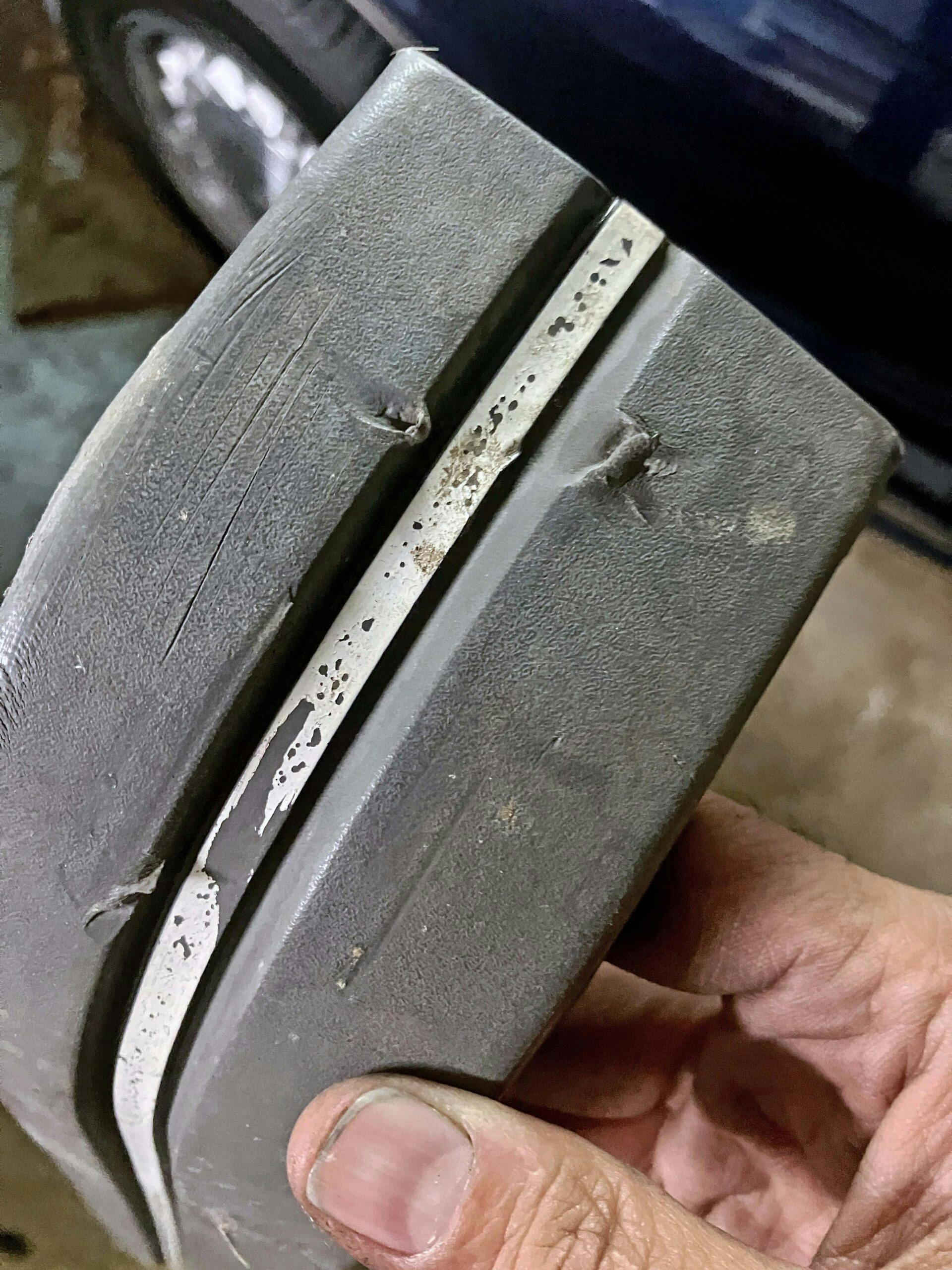
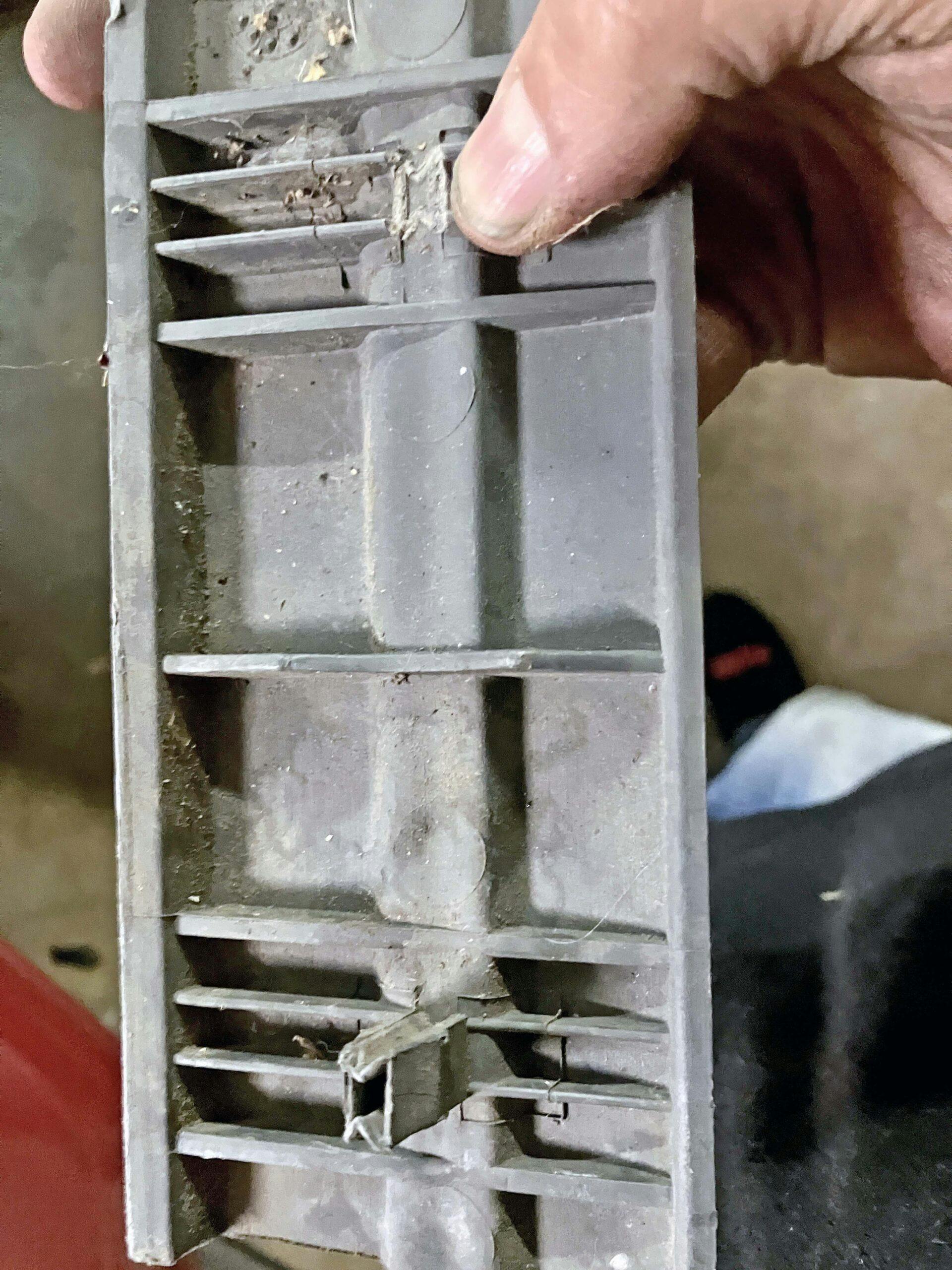
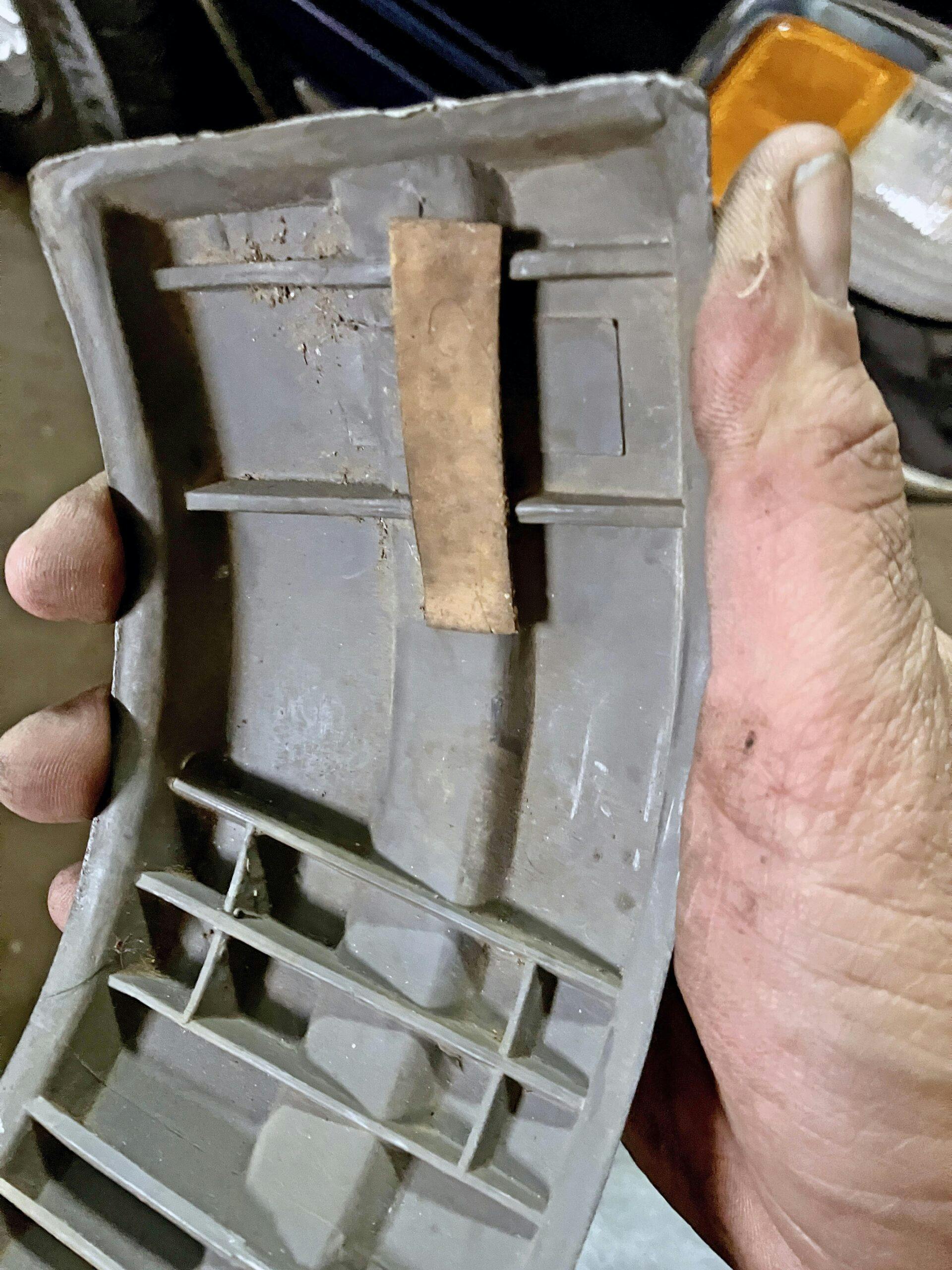
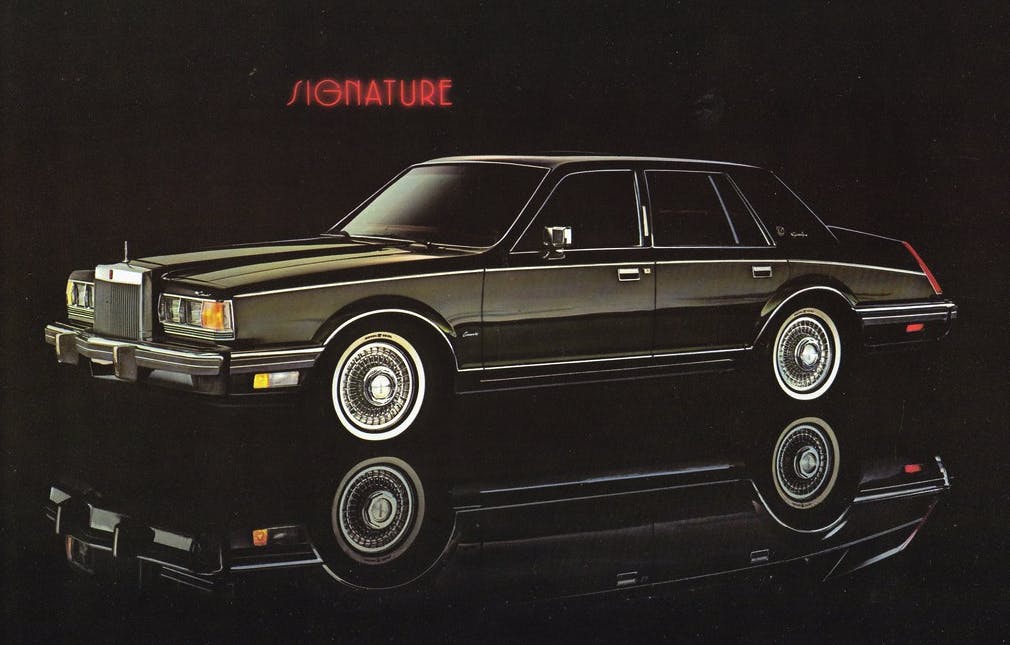
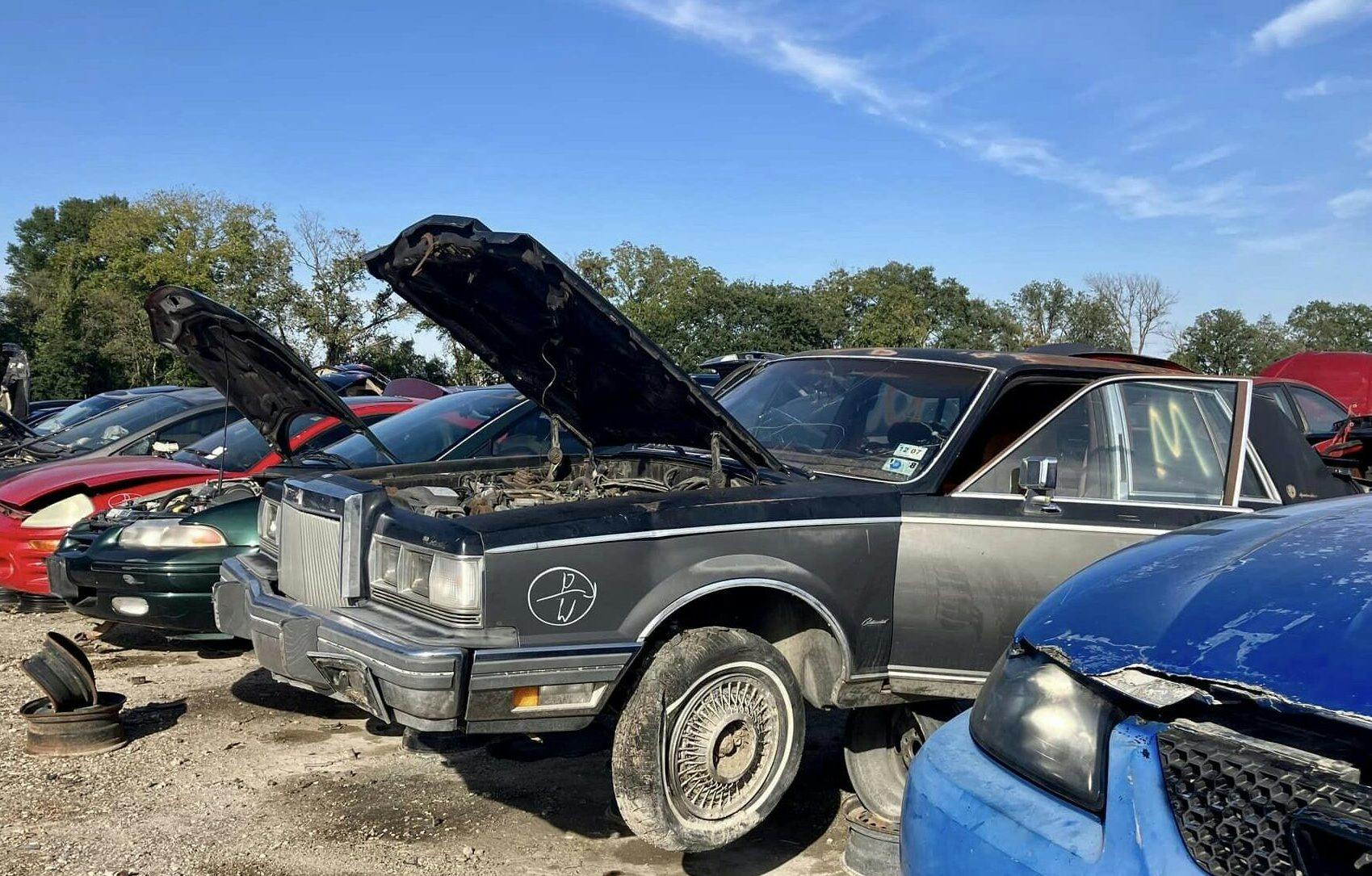
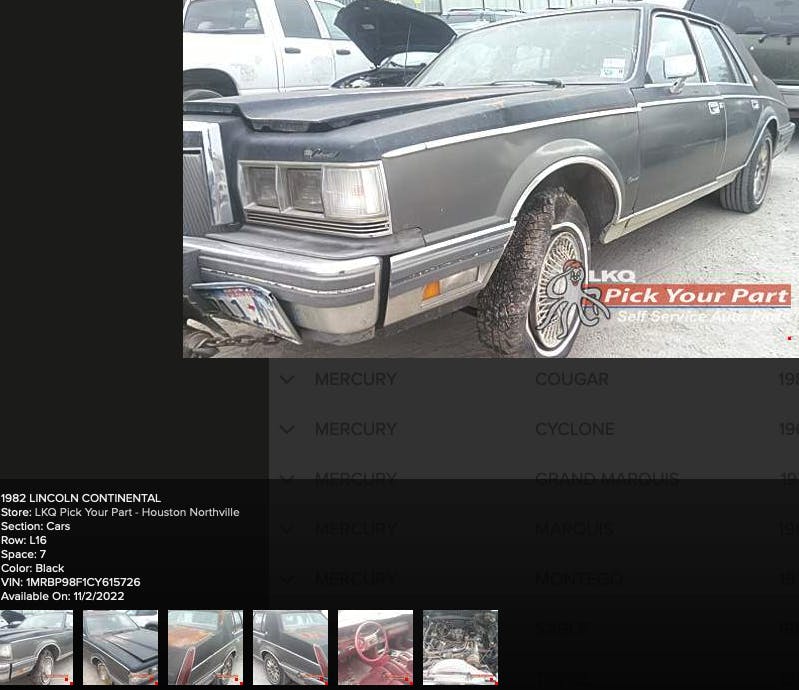
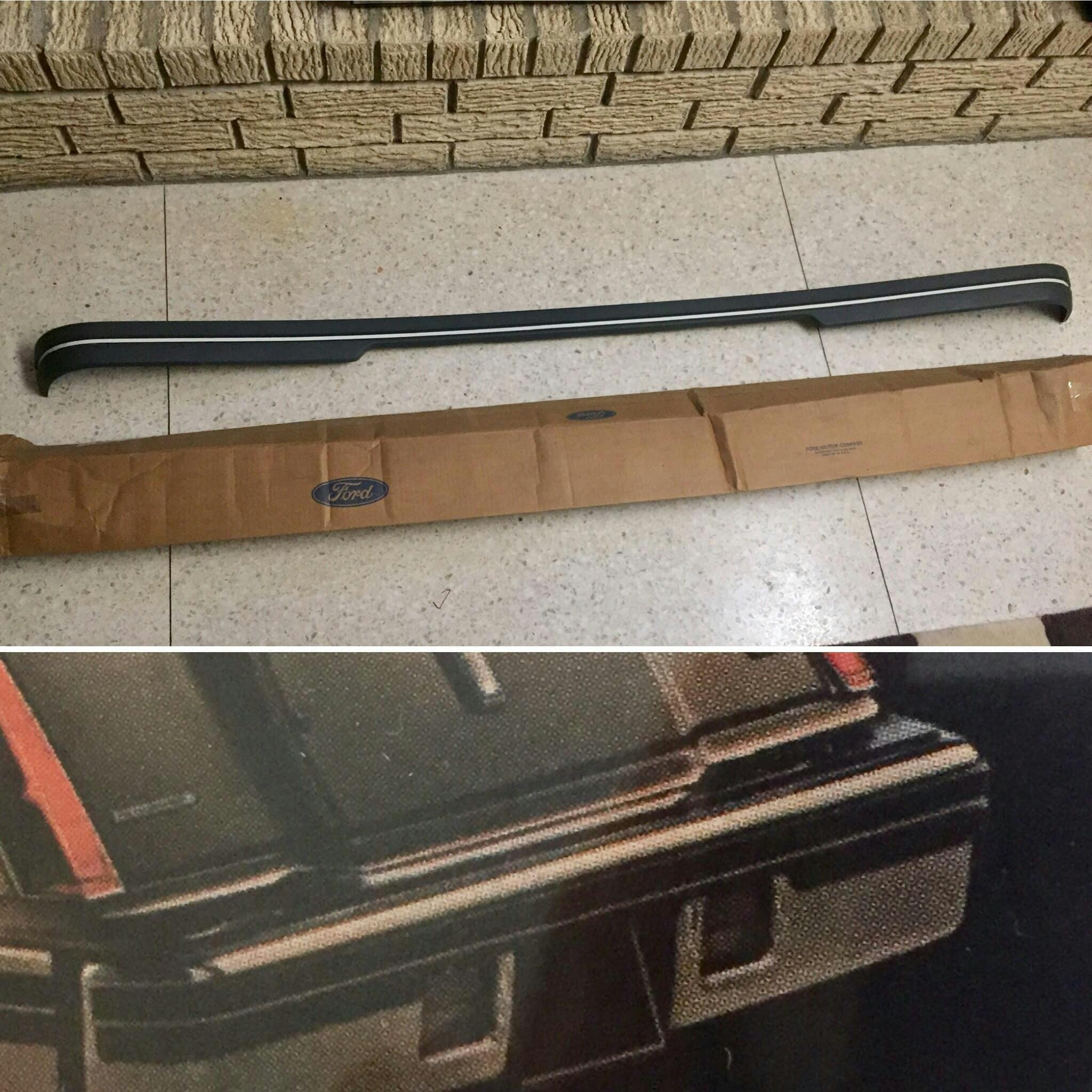
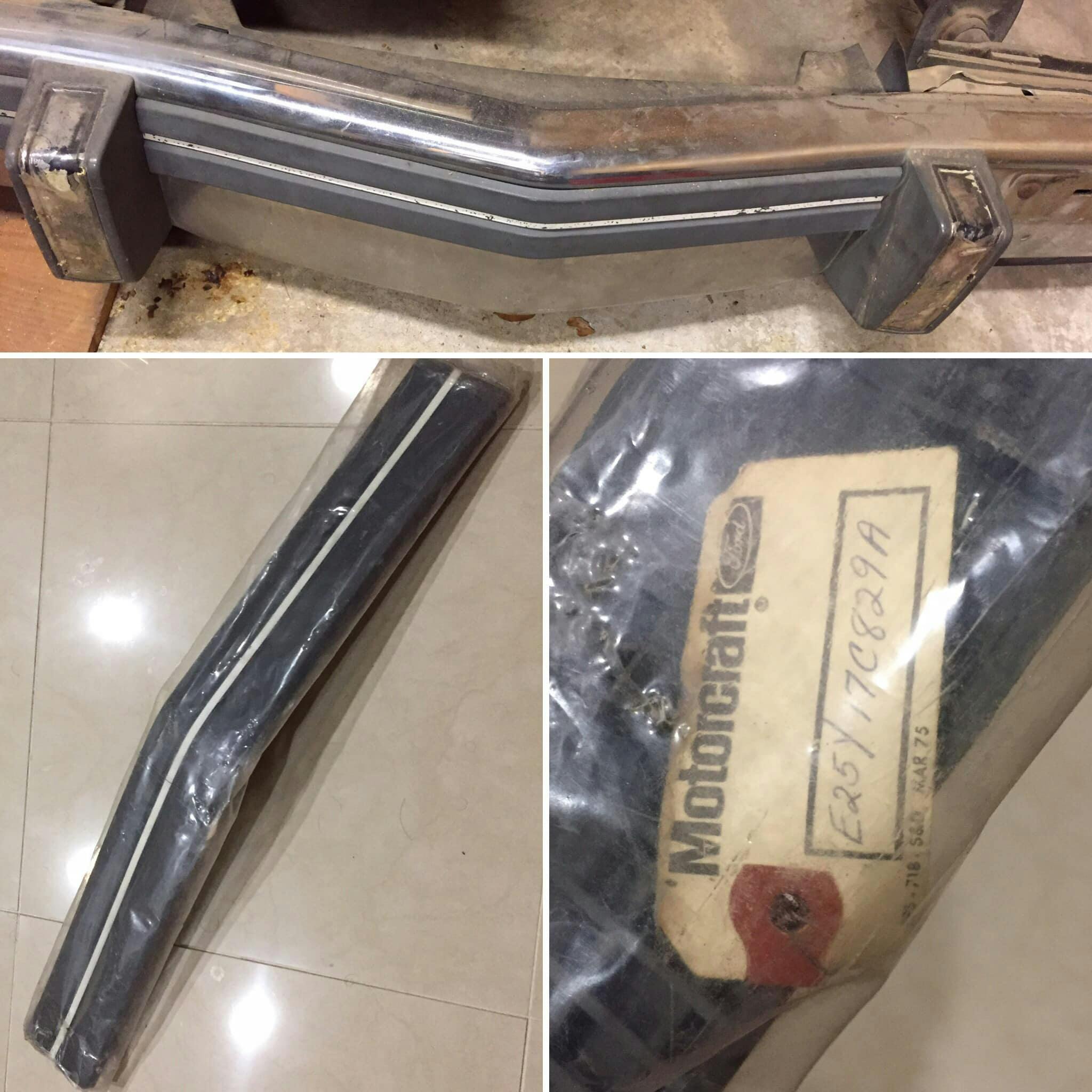
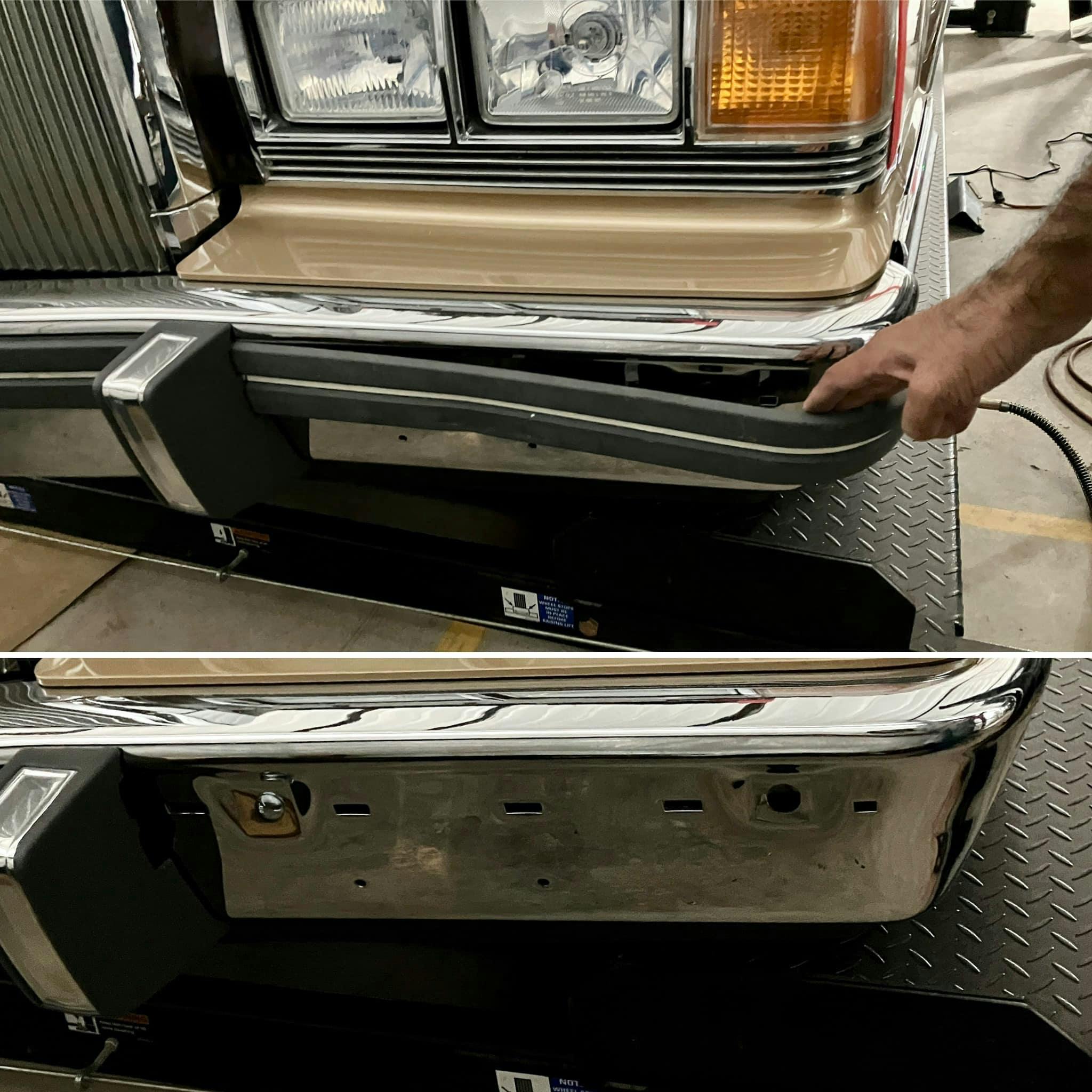
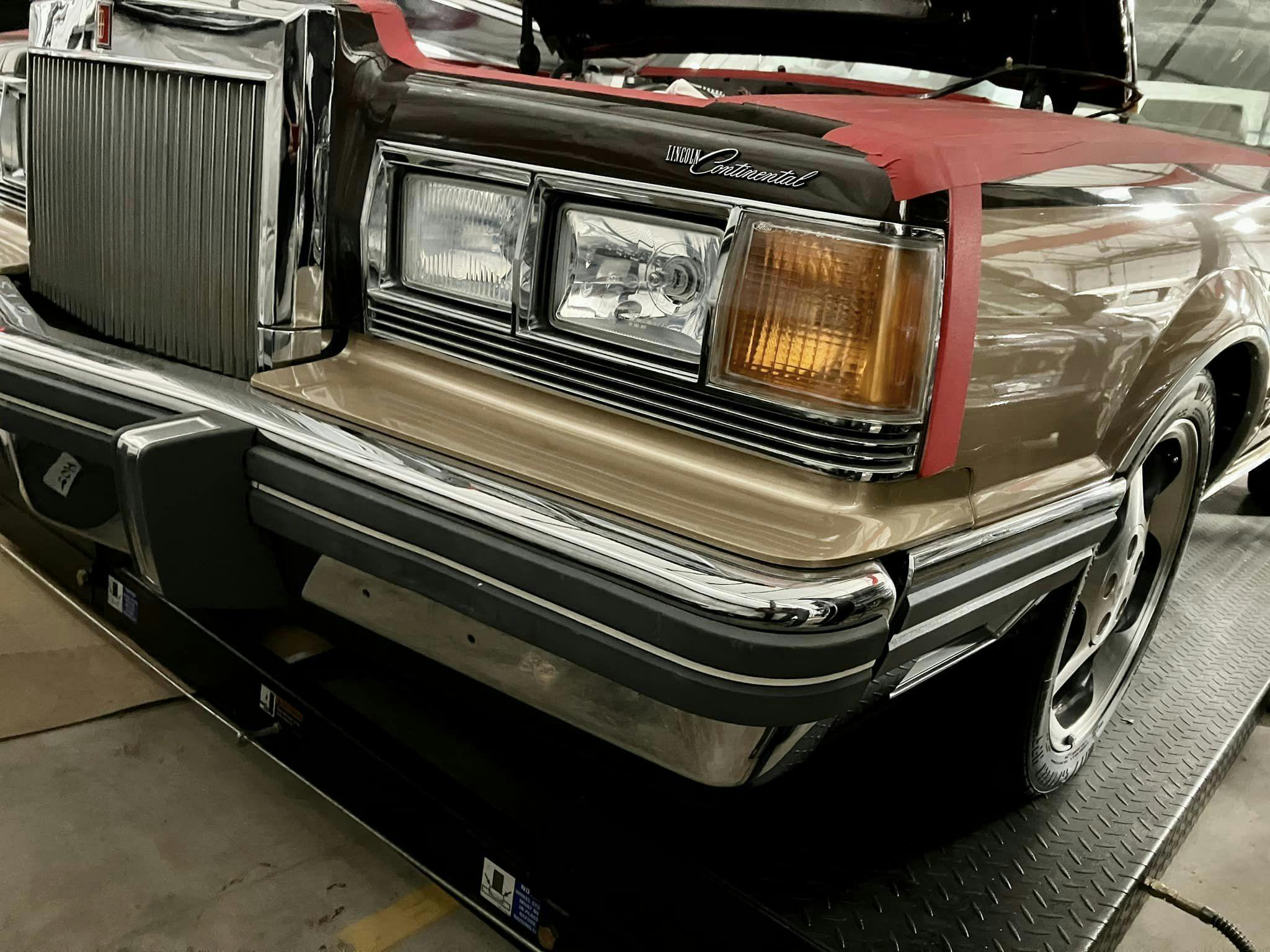
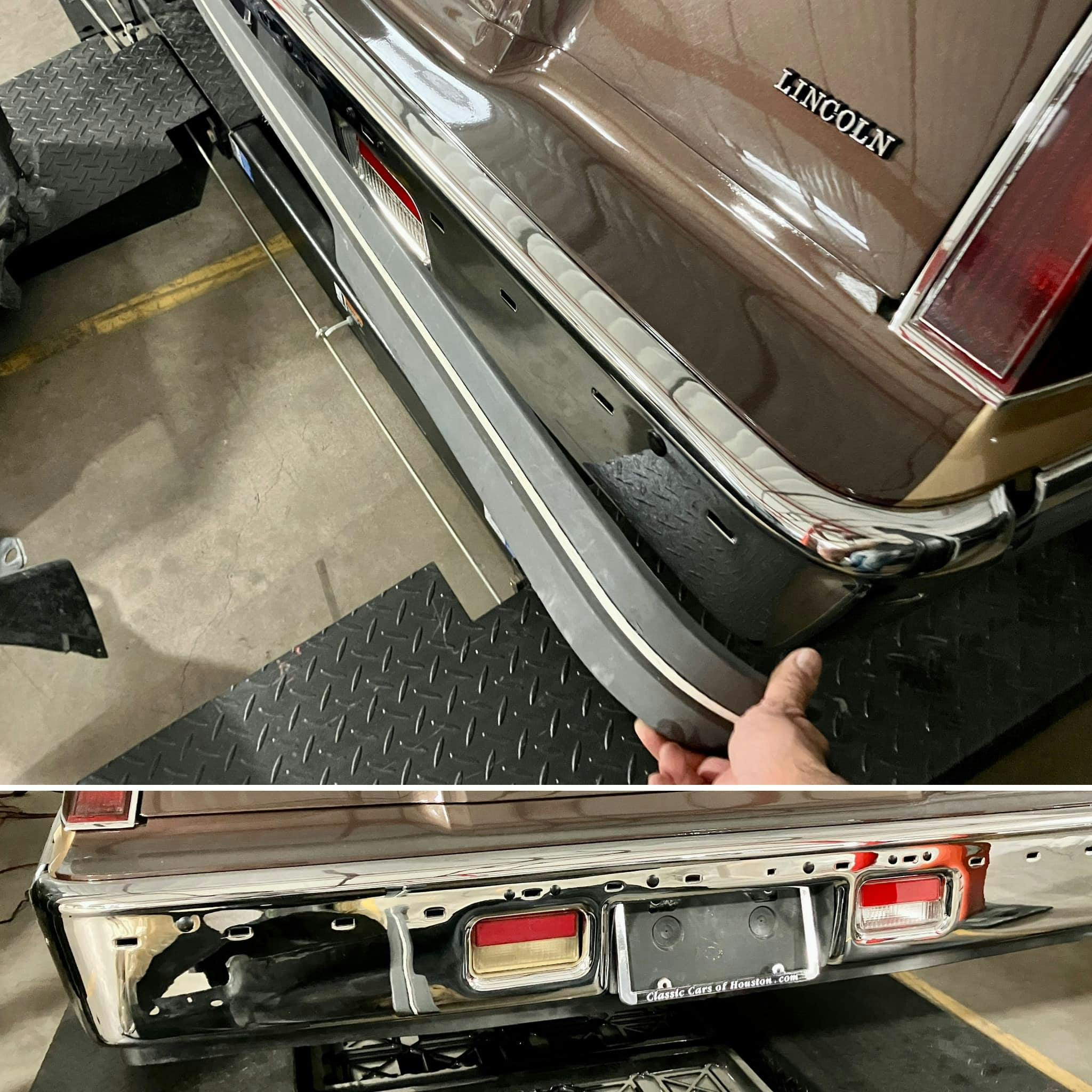
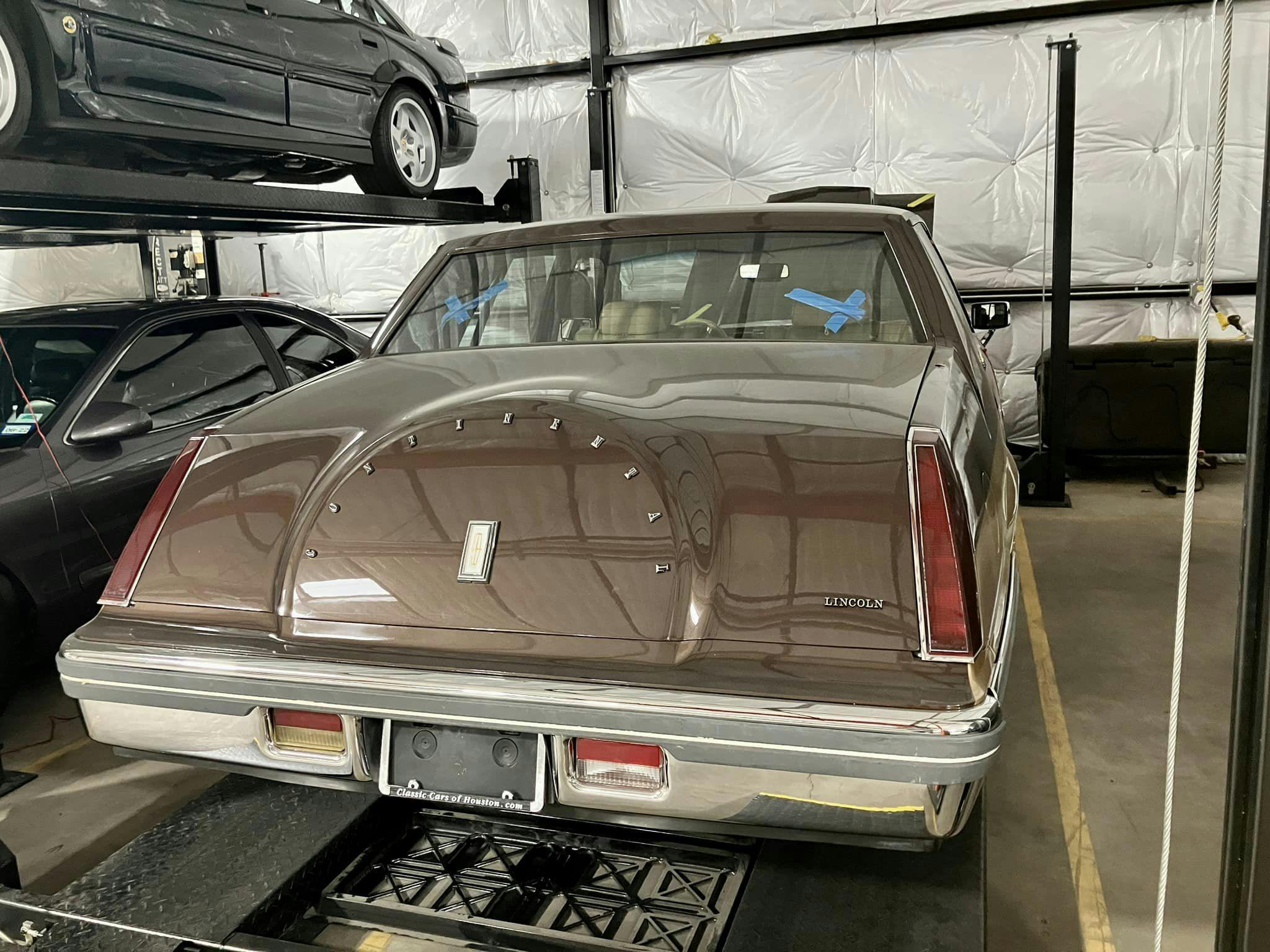
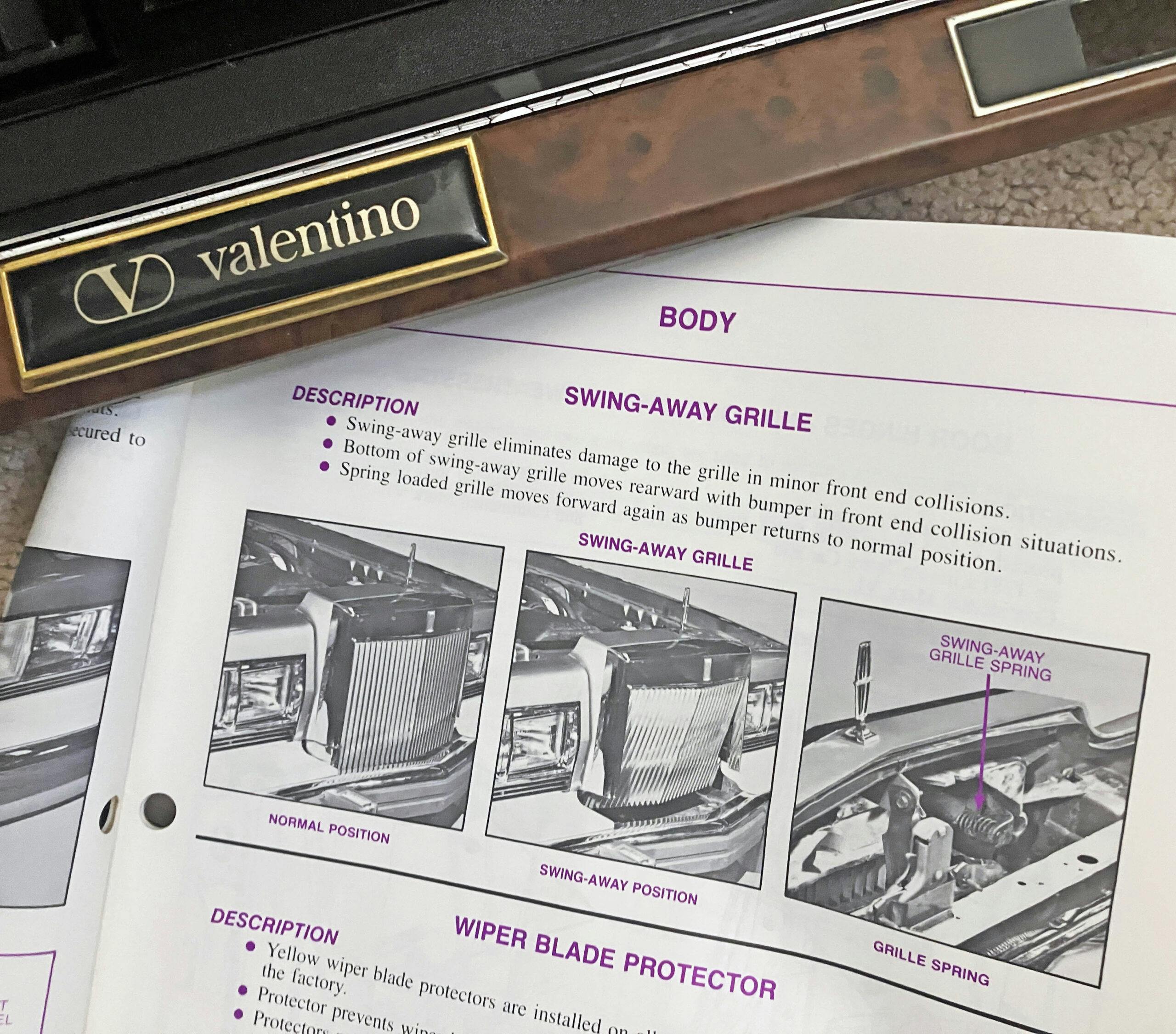
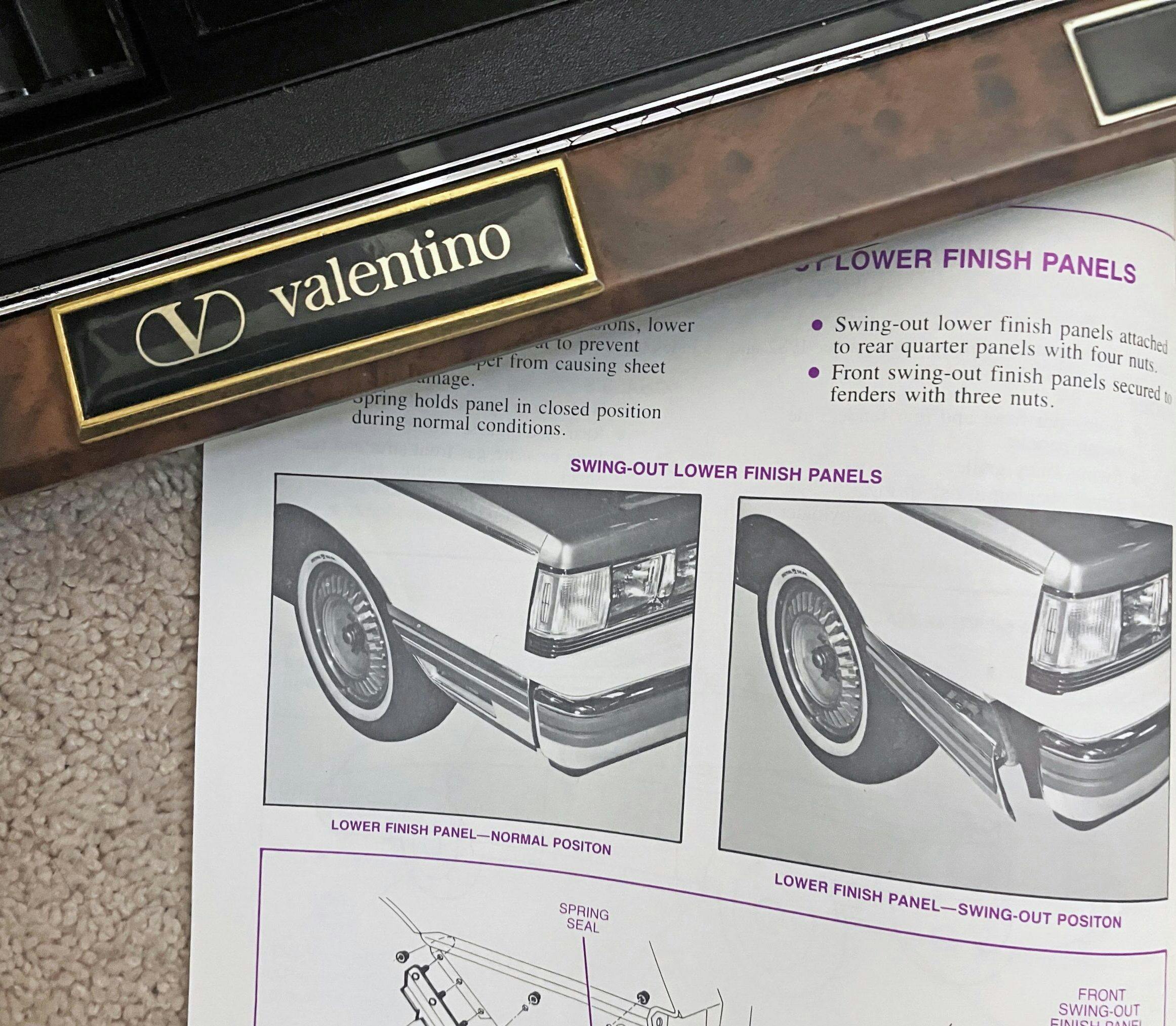
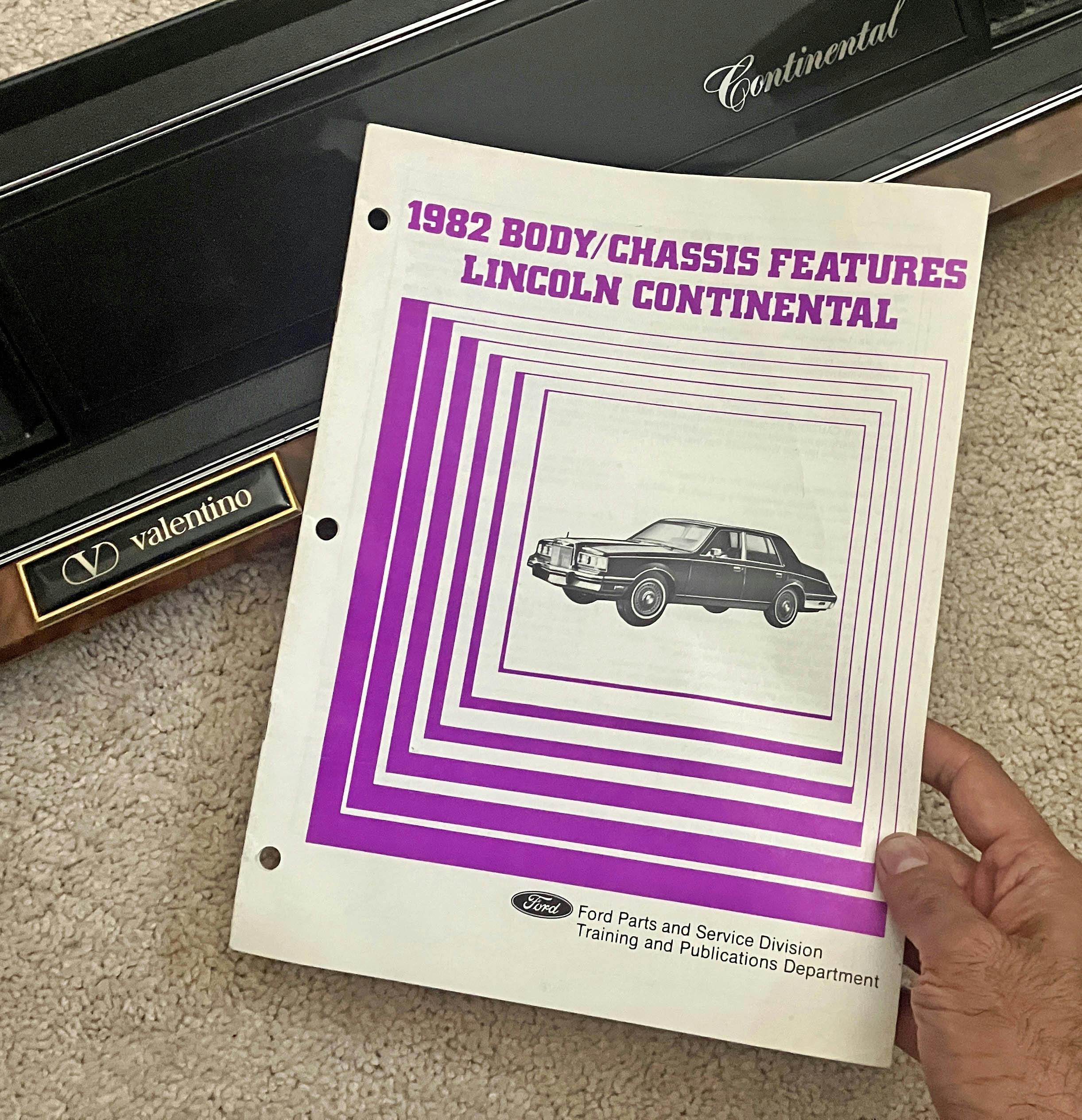
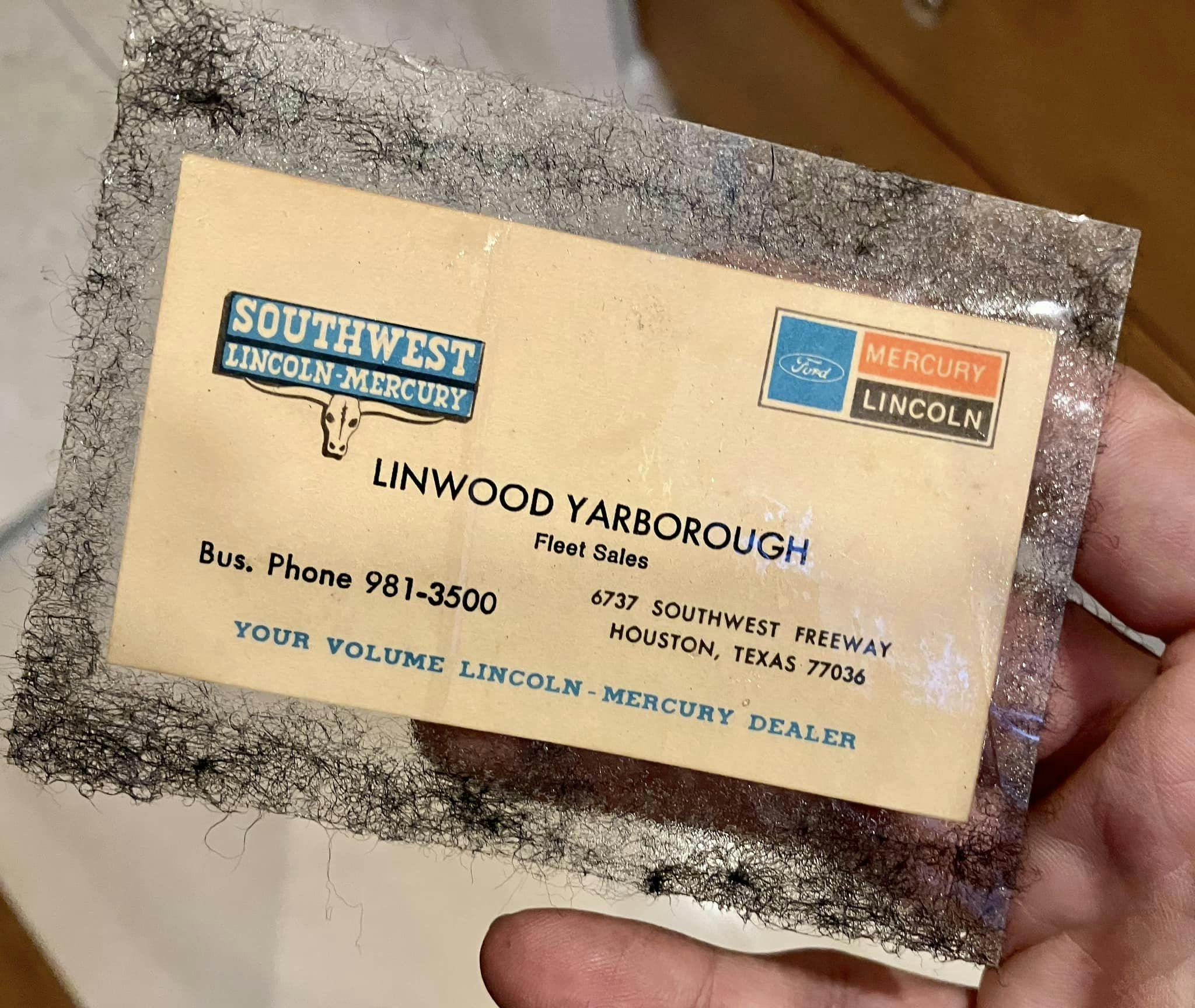

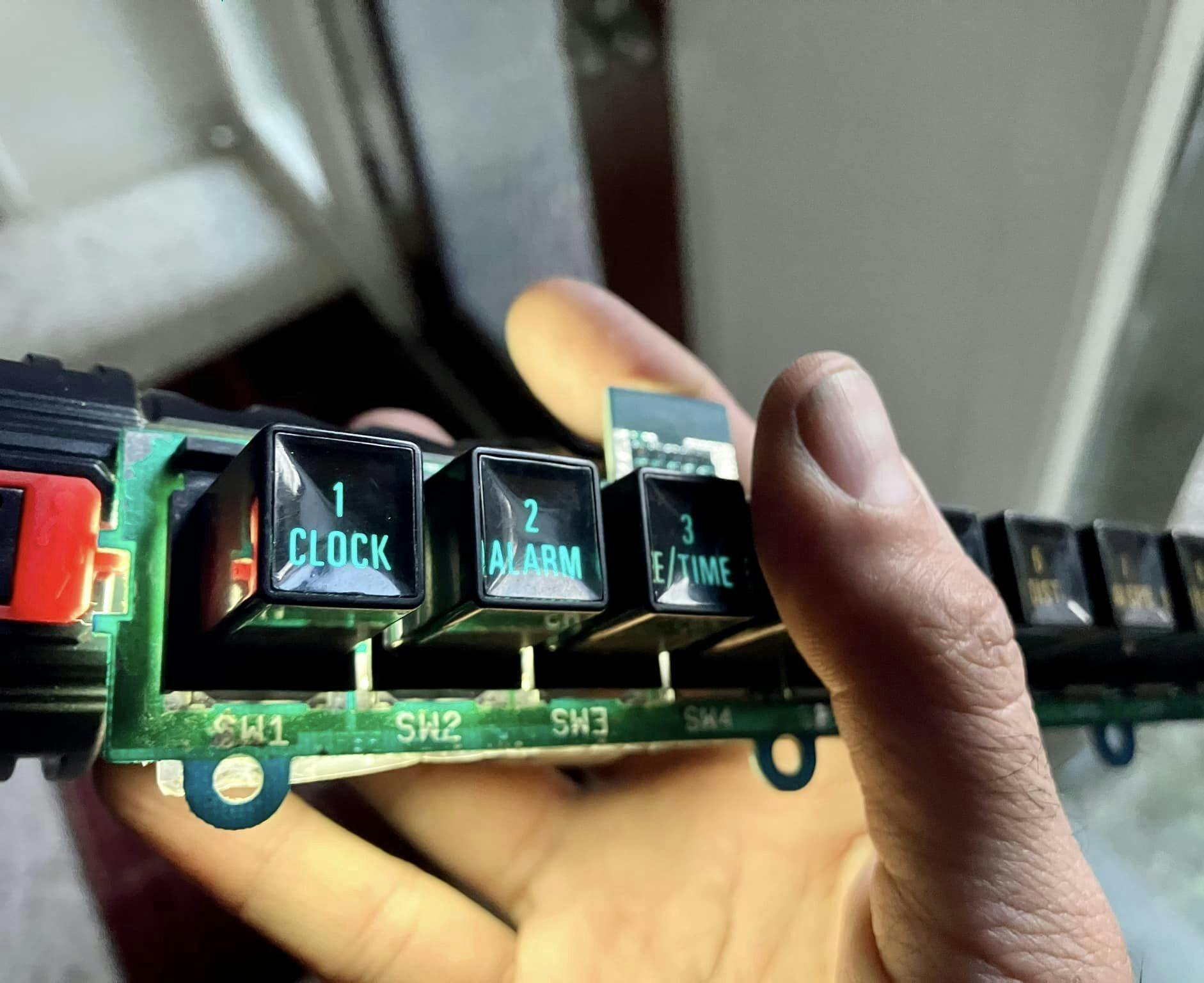



Bravo for the bumper strips win, Sajeev. Sure, you may feel like you’ve “settled” a bit, but if the pictures do any justice at all, they look amazingly good. And the personal stories attached to any “defects” that exist are just plain charming. Project Valentino continues to make memories for you!
Indeed it does! And who knows, maybe the needed NOS rub strips will surface online in the future. I got all the time in the world to wait…
This post is me giving this article a like.
And this one is me giving snailish a like for his like!
Two likes from me because I like you both!
A *like* for old time’s sake to snailish and DUB6! Auld Lang Syne, fellas!
Good luck with the Valentino Sajeev!
We’ll take a cup of kindness yet, for the sake of Auld Lang Syne!
I have always been fairly tolerant of cosmetic flaws to save my sanity but it’s nice to see someone take something like this across the finish line
Thanks for your kind words. That said, it’s got some flaws. And it will never be “perfect.” Some replacement parts either don’t exist or can’t be restored to factory specs, and I am fine with that. I just don’t know how bad it will be inside in this regard…but we will worry about that in the coming months.
Well, there is certainly nothing wrong with striving for continuous improvement. Sometimes it’s “baby steps”; sometimes it’s “leaps and bounds” – but just the challenge of trying to make something even “just a bit” better is often kind of fun (although it can also be frustrating). We just need to remember to enjoy the hunt and not get too hung up on seeking perfection (which doesn’t exist anyway).
I personally like that my insurance company ENCOURAGES me to drive, not cocoon my classic to overly-protect it. And I think that 99% of the other commenters on this forum agree that getting it out of the garage and enjoying the driving experience is way better than sitting around wringing one’s hands about a blemish, flaw, or sub-perfection part.
Continuous improvement FTW. Well, provided the parts ever surface.
I would like to have parts off this car please email me